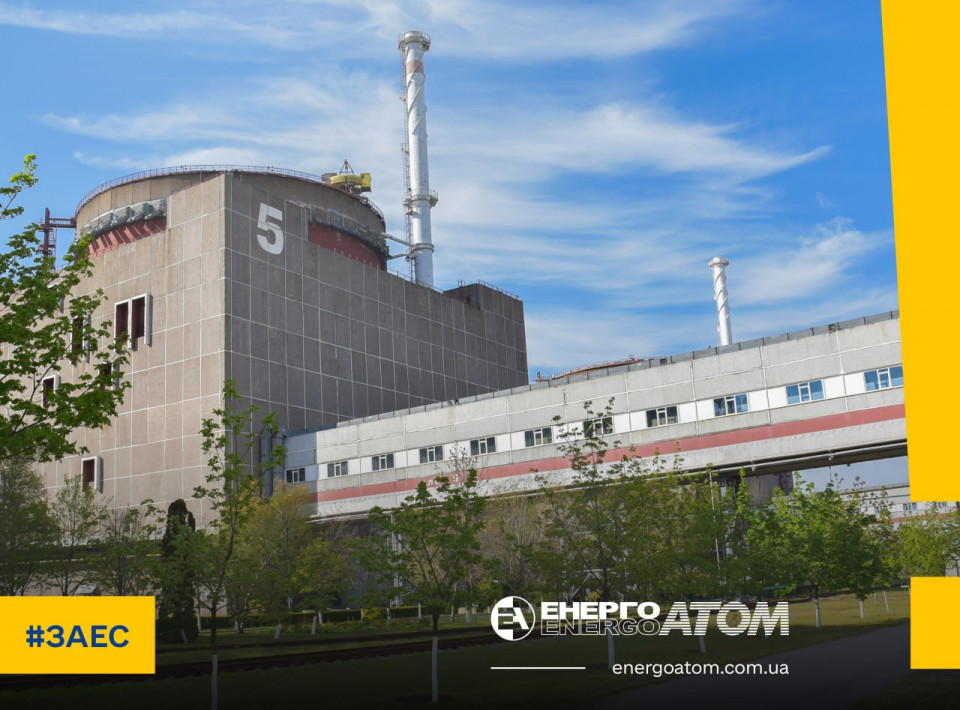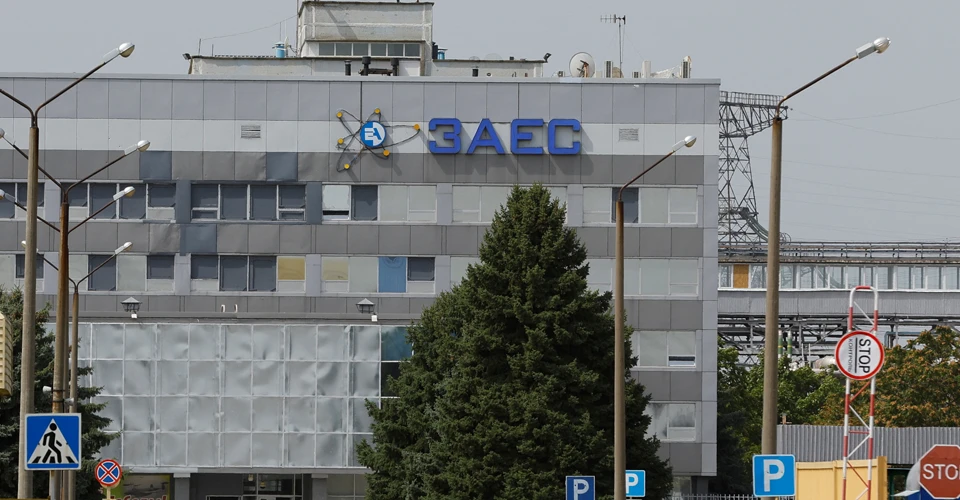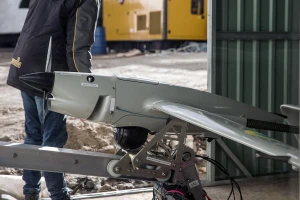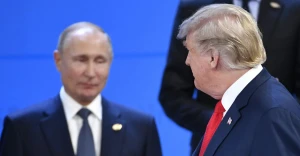
Energoatom switches last power unit of ZNPP to "cold shutdown" mode
On Friday, June 9, Energoatom issued an order to switch unit 5 of Zaporizhzhia NPP to a "cold shutdown" mode
The official Energoatom Telegram channel reported the information.
"Taking into account the risks to nuclear and radiation safety after the destruction of the Kakhovka HPP, this is the safest condition for a nuclear reactor. That is why the State Nuclear Regulatory Inspectorate issued the relevant order, and Energoatom and the legitimate, Ukrainian management of ZNPP began its immediate implementation," the statement said.
The decision has been made as it is currently impossible to eliminate the identified violations of nuclear and radiation safety requirements at the plant due to Russian occupation.
Energoatom also considered the following factors:
-
the experts calculated that the Kakhovka Reservoir was drained a few days after the Russian occupiers blew up the Kakhovka HPP;
-
the continuous periodic shelling of the ZNPP industrial site and adjacent territories, which results in damage to the overhead lines connecting the plant to the Ukrainian power grid;
-
termination of data transmission from the ZNPP Automated Radiation Monitoring System (ARMS) from May 17, 2023, i.e., lack of early warning;
-
degradation of the emergency response system at the ZNPP site and beyond in the context of the temporary occupation of the plant and parts of Zaporizhzhia and Kherson regions by Russia.
"If ruscist "monitors" of ZNPP fail to comply with the order, their actions will be regarded as a deliberate and intentional violation of the nuclear and radiation safety rules at the ZNPP nuclear facility," Energoatom emphasizes.
The operation of other ZNPP power units, namely No. 1, 2, 3, 4, and 6, is also restricted to the "cold shutdown" state.
The restriction imposed today on Zaporizhzhia NPP Unit No. 5 will remain in effect until the identified violations are eliminated.

Photo: Energoatom
The situation at ZNPP following the Kakhovka HPP dam destruction
On the night of June 6, Russian troops blew up the Kakhovka dam (follow the detailed course of events here). Energoatom stated that the destruction of the Kakhovka HPP could have negative consequences for the ZNPP, but the situation is currently under control.
On June 7, the mayor's office of Enerhodar noted that residents should leave the city, as the situation at ZNPP could get out of control at any time.
Previously, the IAEA said that if the rate of water level drop continues, the plant will not be able to pump water from the Kakhovka reservoir in two days.
On the evening of June 8, the head of Ukrhydroenergo, Ihor Syrota, announced that the water level in the Kakhovka reservoir had reached a point 12.5 meters, dropping below the "dead point," where water intake becomes impossible.
However, the IAEA noted on the evening of June 8 that preliminary expert conclusions suggest that Zaporizhzhia NPP should be capable of pumping water out of the reactor cooling reservoir once its level falls below the critical 12.7 meters. To obtain accurate information, IAEA experts have requested access to the location where the water level in the reservoir is measured, as well as to the Zaporizhzhia TPP canal adjacent to the ZNPP.
- News












































